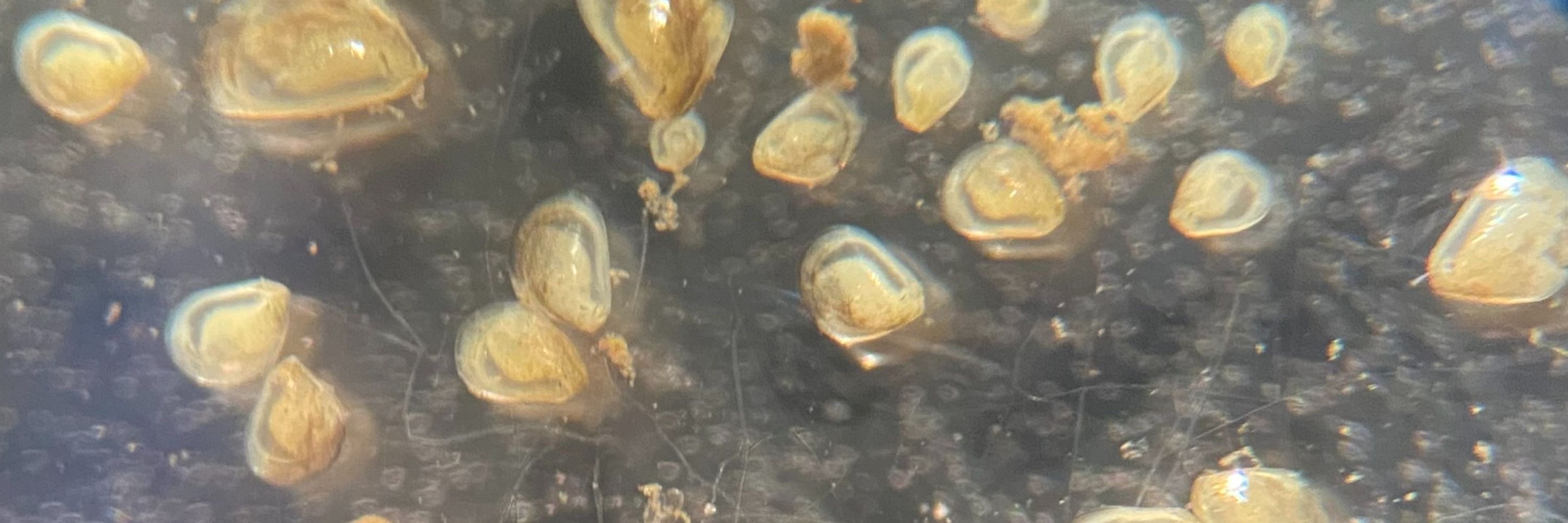
Ecology, Biological Invasions, Aquatic Ecosystems
This recent study identifies several ‘higher-risk’ areas for zebra mussel invasion that could be prioritized for future monitoring and management action. 👇
https://ow.ly/Oe3350Xw1LZ
This recent study identifies several ‘higher-risk’ areas for zebra mussel invasion that could be prioritized for future monitoring and management action. 👇
https://ow.ly/Oe3350Xw1LZ
fall workshop! @ivanakomendic.bsky.social and Cata ran a successful workshop on macrophyte and zooplankton sampling:)



fall workshop! @ivanakomendic.bsky.social and Cata ran a successful workshop on macrophyte and zooplankton sampling:)

fox40.com/news/califor...
Shown below is a cluster of golden mussels (Limnoperna fortunei), now established in California.
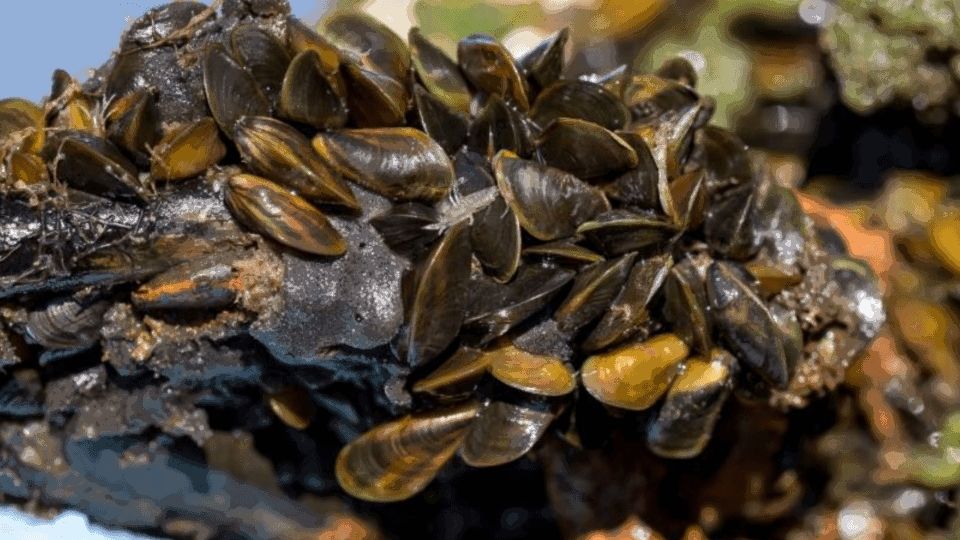
fox40.com/news/califor...
Shown below is a cluster of golden mussels (Limnoperna fortunei), now established in California.


Joining them was @ecoinvasions.bsky.social. The land on which they're standing should be under water.

Joining them was @ecoinvasions.bsky.social. The land on which they're standing should be under water.
CWP Director Melissa Scanlan is featured in a new @chicagotribune article.
📰 @chicagotribune: www.chicagotribune.com/2025/09/10/g...
📑 Our ABA report: papers.ssrn.com/sol3/papers....

CWP Director Melissa Scanlan is featured in a new @chicagotribune article.
📰 @chicagotribune: www.chicagotribune.com/2025/09/10/g...
📑 Our ABA report: papers.ssrn.com/sol3/papers....


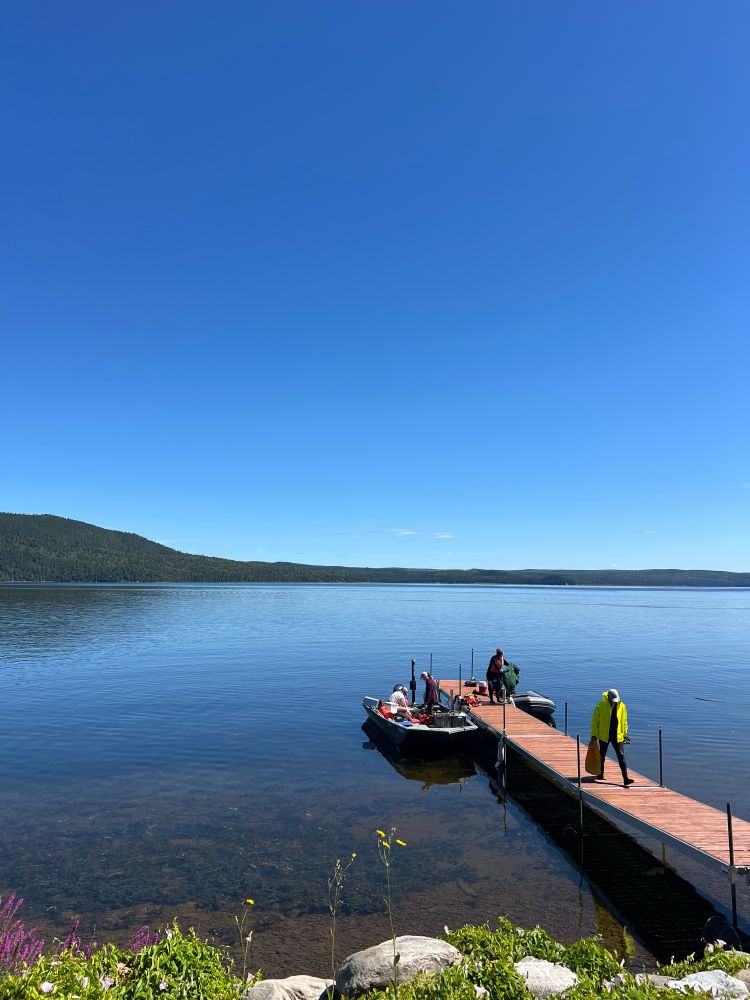

In a new paper, we expand the concept & offer testable hypotheses: redpath-staff.mcgill.ca/ricciardi/Ri...

In a new paper, we expand the concept & offer testable hypotheses: redpath-staff.mcgill.ca/ricciardi/Ri...
#wildlife #wildlifephotography #nature #Invert #mussel #aquatics #freshwater 🌍🧪
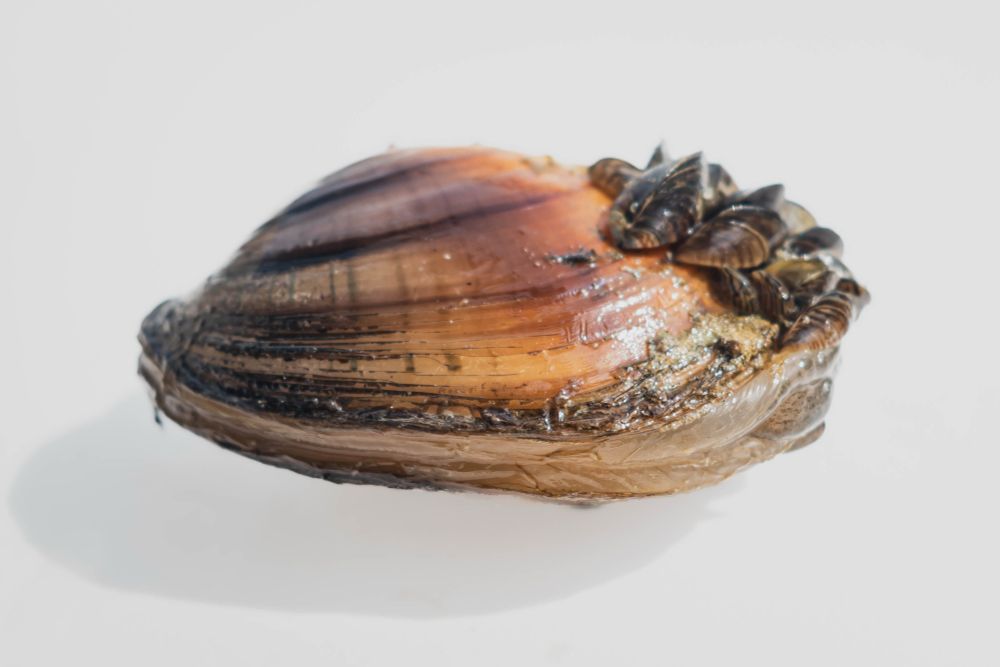
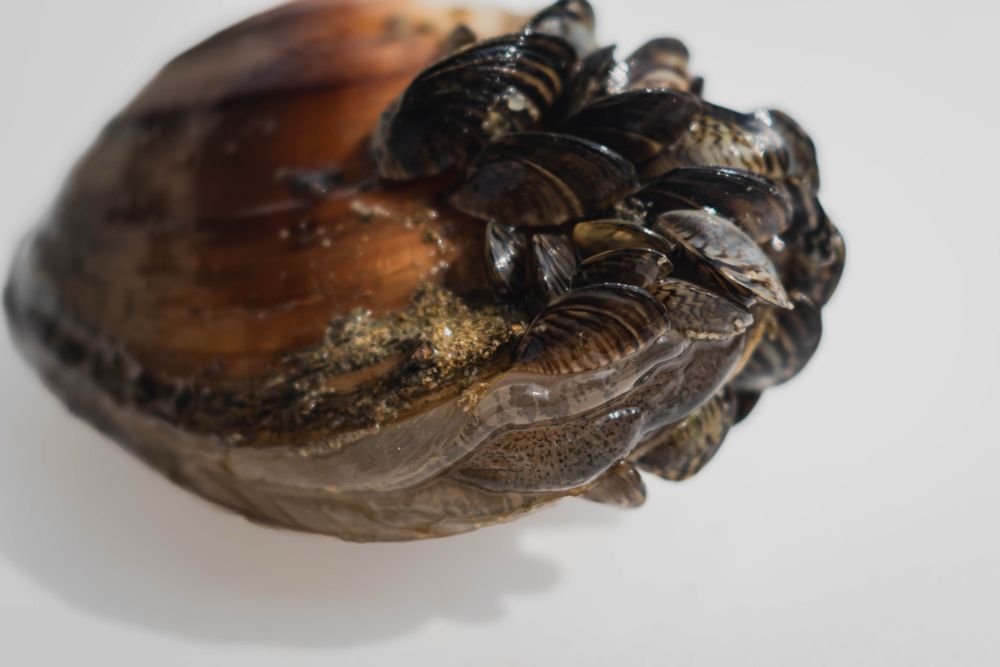
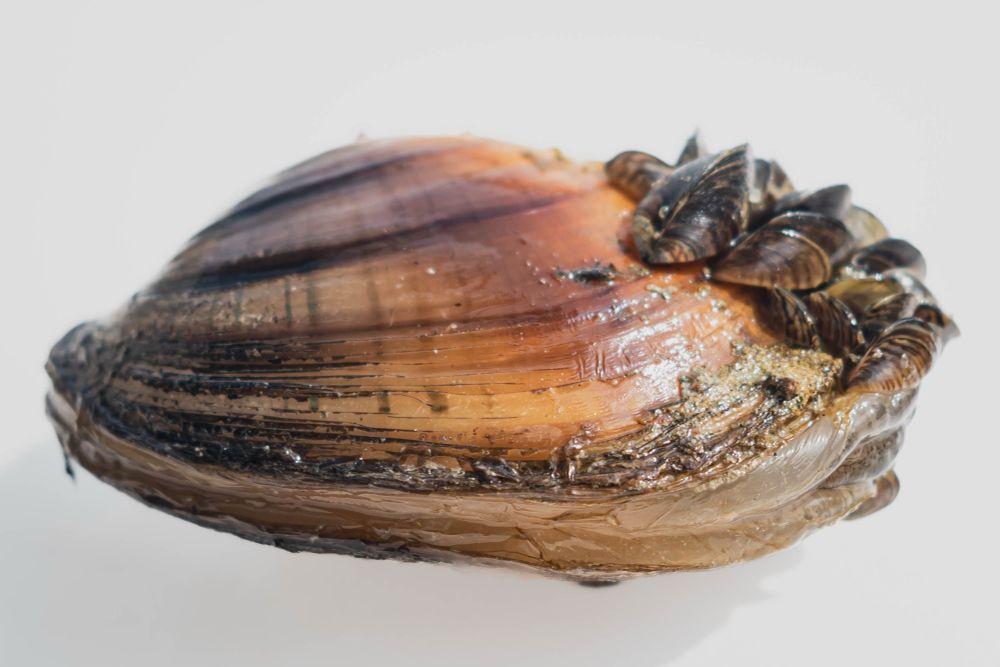
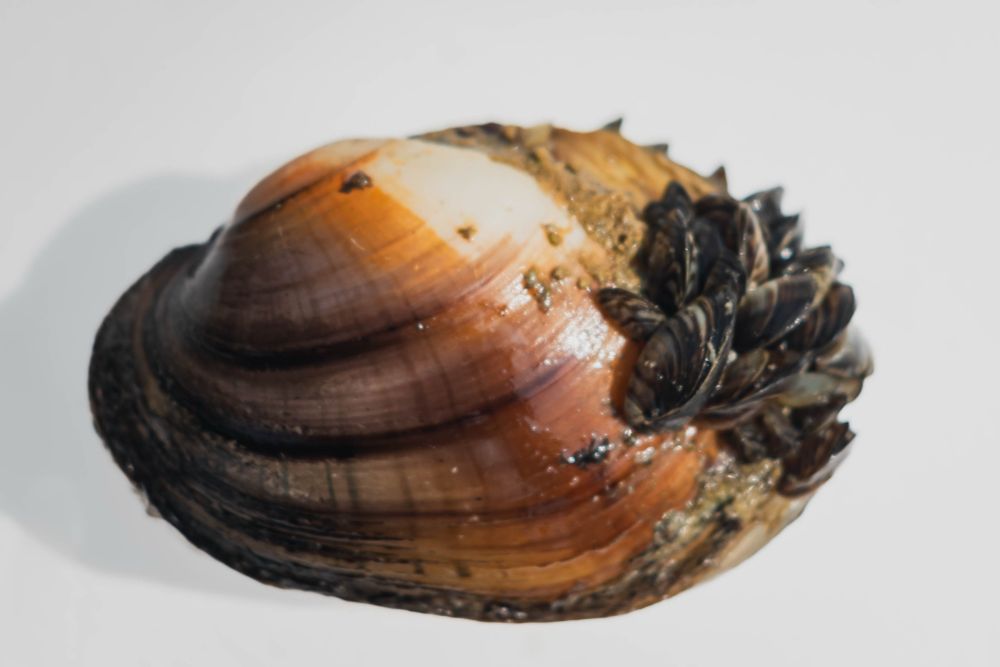
#wildlife #wildlifephotography #nature #Invert #mussel #aquatics #freshwater 🌍🧪

www.thecooldown.com/green-busine...
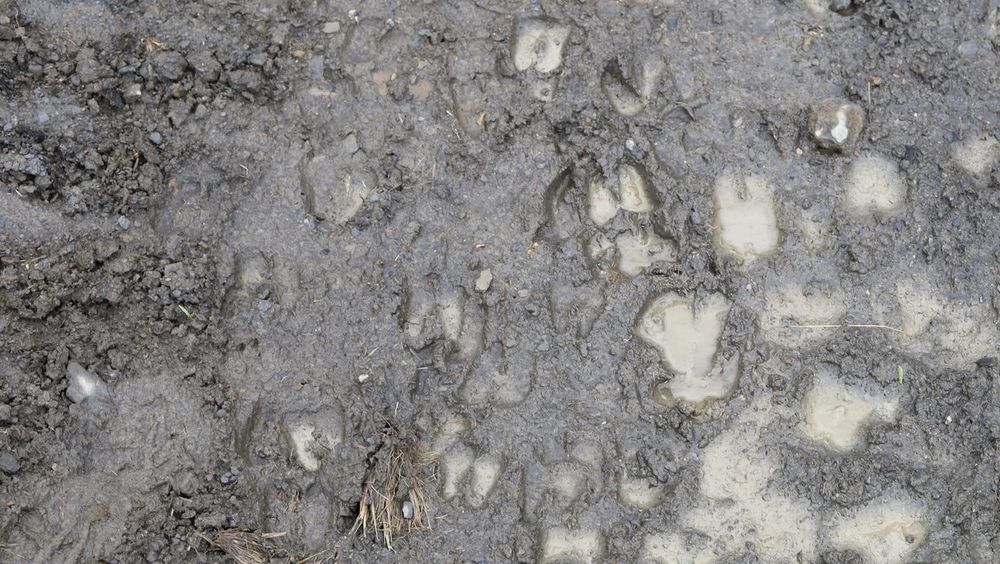
www.thecooldown.com/green-busine...





🔗 doi.org/10.3897/neob...

🔗 doi.org/10.3897/neob...
Read this article:
t.co/NdbDnKxKBs


Read this article:
t.co/NdbDnKxKBs






